Prenatal Nutrition: Omega-3 Fatty Acids During Pregnancy
Consuming enough omega-3 fatty acids during pregnancy is essential for you and your developing baby. Today I’m sharing why you should focus on omega-3 fatty acids during pregnancy – in your diet and through supplements – as a cornerstone of good prenatal nutrition. Plus, find out if you’re getting enough DHA omega-3 fatty acids through a new Prenatal DHA Test.
Disclaimer: This post is sponsored by OmegaQuant, the maker of the Omega-3 Index and Prenatal DHA Tests. All opinions are my own.
There’s A LOT to learn when pregnant. Frankly, it can be downright overwhelming! Even as a dietitian who took many maternal and childhood nutrition classes in grad school, there’s A LOT to learn, absorb, and most importantly, APPLY to your life, ASAP!
One of the most crucial times to ensure your nutrition is in tip top shape is when you’re pregnant, and supplementation helps (especially when first trimester nausea hits HARD). I’m sure other pregnant mamas can relate, but it’s difficult to meet the recommended nutrient recommendations for folate, iron, calcium, vitamin D, omega-3 fatty acids, and more. But it’s essential to consume these nutrients for both your health and the health of your growing baby!
In addition to eating well and keeping up with my exercise routine as best possible (you can read more about that here), one of the earliest changes I made was to my supplement regimen (more on my entire prenatal supplement regimen coming soon). Specifically, I started taking an omega-3 supplement.
Most Americans don’t eat enough omega-3 fatty acids, which is why including a supplement in your prenatal regimen is quickly recommended by most OBs when you find out you’re pregnant.
Today I want to specifically talk about omega-3 fatty acids during pregnancy.
- What are omega-3 fatty acids?
- Why are they so important for pregnant women and fetal development?
- Where can you find omega 3 fatty acids?
- How can you make sure you’re eating enough omega 3 fatty acids?
What are Omega-3 Fatty Acids and Where Can You Find Them?
Omega-3 fatty acids are an essential fat, which means your body can’t make them from scratch, you must get them from food [or supplements].
There are 3 major types of omega-3 fatty acids:
- ALA (alpha-linolenic acid), found mainly in plants, like flaxseeds, walnuts, and soybean oils.
- EPA (eicosapentaenoic acid), found primarily in fish and shellfish.
- DHA (docosahexaenoic acid), also found in fish and shellfish.
Your body can convert some ALA into EPA and DHA, but typically not enough to be sufficient. Therefore, it’s important to eat enough fish and other seafood to meet the recommended EPA and DHA levels. This is especially true for pregnant women.
There’s been a lot of buzz about omega-3 fatty acids because they have far-reaching impacts in your body:
- Omega-3 fatty acids help lower inflammation, reducing your risk of chronic diseases like heart disease.
- They are part of cell membranes, providing structure, support, and function for your cells.
- DHA is essential for fetal development, including neurological and eye health.
- And more…
Since omega-3 fatty acids are so important to overall health, it’s important to know where you stand. Is eating the recommended amount of seafood (twice weekly) enough for your body? Since we’re all different, personalization is key!
As a dietitian, I’m lucky to do some cool stuff! Last year (pre-pregnancy), I was invited to take one of the first Omega-3 Fatty Acid Index Panels from OmegaQuant. By pricking my finger at home and sending it back, within days I was told my “Omega-3 Index Report.”
You can check your own omega-3 levels by ordering an Omega-3 Index at-home test.
The report I received stated: “As a part of an overall healthy lifestyle, an Omega-3 Index in the 8-12% range may help to maintain heart, brain, eye and joint health. The best way to increase your Omega-3 Index is to eat more omega-3 fatty acids, specifically EPA and DHA.”
I felt confident that I was entering pregnancy in a range good for overall health, especially because I wasn’t supplementing at the time, but would this hold up if I were to get pregnant?
Why is it important to know your DHA omega-3 levels when pregnant?
As I mentioned earlier, DHA is the most important of the omega-3 fatty acids during pregnancy. But why?
1. DHA Represents About 97% of All Omega-3 Fatty Acids in the Brain and 93% in the Retina (Eye)
DHA is an important structural fat in both the brain and eye. It is especially important for brain and eye development during the third trimester, through 18 months old. Several studies have shown that babies exposed to higher levels of EPA and DHA in utero had better scores on eye-hand coordination and mental task tests as toddlers. Moms with higher intake of DHA during pregnancy have higher DHA blood levels, which translates to more DHA for the fetus.
2. DHA Can Reduce the Risk of Preterm Birth by 42%
One out of 10 births in the U.S. are preterm. A birth is considered preterm if a baby is born before 37 weeks [full term is 38- 40 weeks]. According to the CDC, preterm birth rates increased in the U.S. for the second straight year in 2016.
Babies of preterm births are at greater risk for breathing problems (the lungs are last to develop in fetuses), feeding difficulties, developmental delays, cerebral palsy, and vision and hearing problems.
Even more, preterm births are more expensive than traditional, uncomplicated birth costs.
Luckily, there’s something you can do to reduce your risk of a preterm birth. Researchers at Harvard discovered that low omega-3 fatty acid blood levels were associated with significantly higher rates of early preterm birth (before 34 weeks gestation).
Most pregnant women don’t consume enough DHA to lower preterm birth risk. Only 1 in 10 pregnant and nursing women report taking a supplement.
[Tweet “Learn about the importance of omega-3 fatty acids during #pregnancy + how to find out if your levels are desirable through my partnership with @OmegaQuant [AD]”]
3. Having a DHA Level of 5% or Greater Can Reduce Preterm Birth Risk
Great – so you need a DHA level of 5% or greater… but it’s not that simple.
Just because you eat fish or take a DHA supplement doesn’t mean that your DHA levels are in the desirable range. The only way to know if your DHA levels can help reduce your risk of preterm birth is by getting your levels measured.
The Prenatal DHA Test will tell you exactly where you stand, and allow you to re-test after making dietary/supplement modifications. Wouldn’t you want to know if you’re at preterm birth risk?
How Much DHA Do You Need in Pregnancy?
Unfortunately, there is no set Daily Reference Intake (DRI) for DHA. Some experts suggest supplementing daily with 200-300 milligrams of DHA, and to consume fish regularly (8-12 ounces per week).
However, most Americans aren’t following these guidelines. The best way to ensure you’re consuming enough DHA is to measure it. Science, people!
Measuring Your Omega-3 Fatty Acids During Pregnancy
So when the makers of the original Omega-3 Index reached out about the new Prenatal DHA Test they created, I knew this was the perfect time to check-in. I was early in my pregnancy, so there was still time to do something about it if my DHA levels were sub-par.
So I pricked my finger once again (at 22 weeks), sent in my drop of blood, and waited for my results. It was so easy, and the entire process took less than 5 minutes! I started taking a fish oil supplement early in pregnancy, and regularly eat fish, so I expected my results to be good…
…Aaaand my results don’t look quite as good as before… but according to researchers, only 25% of women in my age group have a DHA level about 5%!
But I have to say, I’m not that surprised! Another life is growing inside me, using a lot of the nutrients that I eat and supplement, including omega-3 fatty acids. I’m glad that my rate is still in a “desirable” range (above 5%), to prevent preterm birth and the risks associated, but there’s still more I can do.
Moving forward I will ensure I’m getting enough omega-3 fatty acids (especially DHA) daily.
Here’s what you can do if you’re looking to improve your levels of omega-3 fatty acids during pregnancy too:
- Regularly eat enough fish. The benefits of eating fish during pregnancy outweigh the risks. Eating the right kinds of fish 2-3 times per week is recommended for pregnant women, and with your Prenatal DHA results, you get a list of fish with the highest DHA levels and lowest mercury levels to make sure you get the best seafood for you and your baby.
- Be sure I consistently take my supplement that contains at least 200-300 mg DHA.
Of course, check with your obstetrician or healthcare provider and registered dietitian before changing your supplement routine. The information contained in this post is for informational purposes only.
If you have any questions about omega-3 fatty acids and the OmegaQuant Omega-3 Prenatal Test or OmegaQuant Omega-3 Index Panel, I’d love to hear from you!
XO



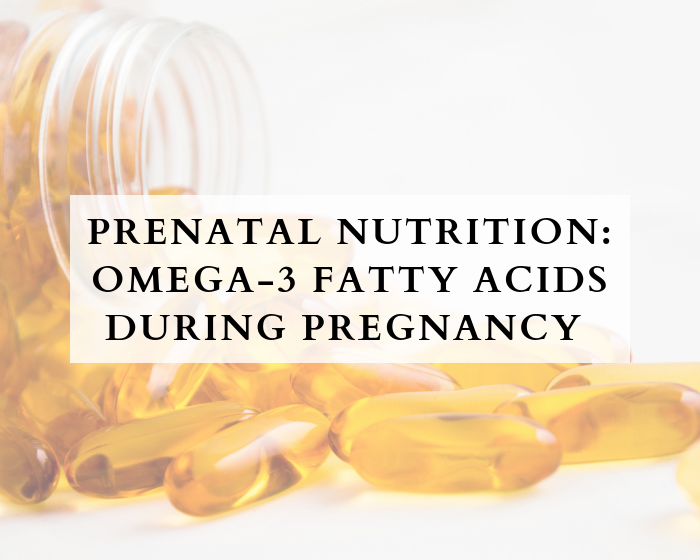

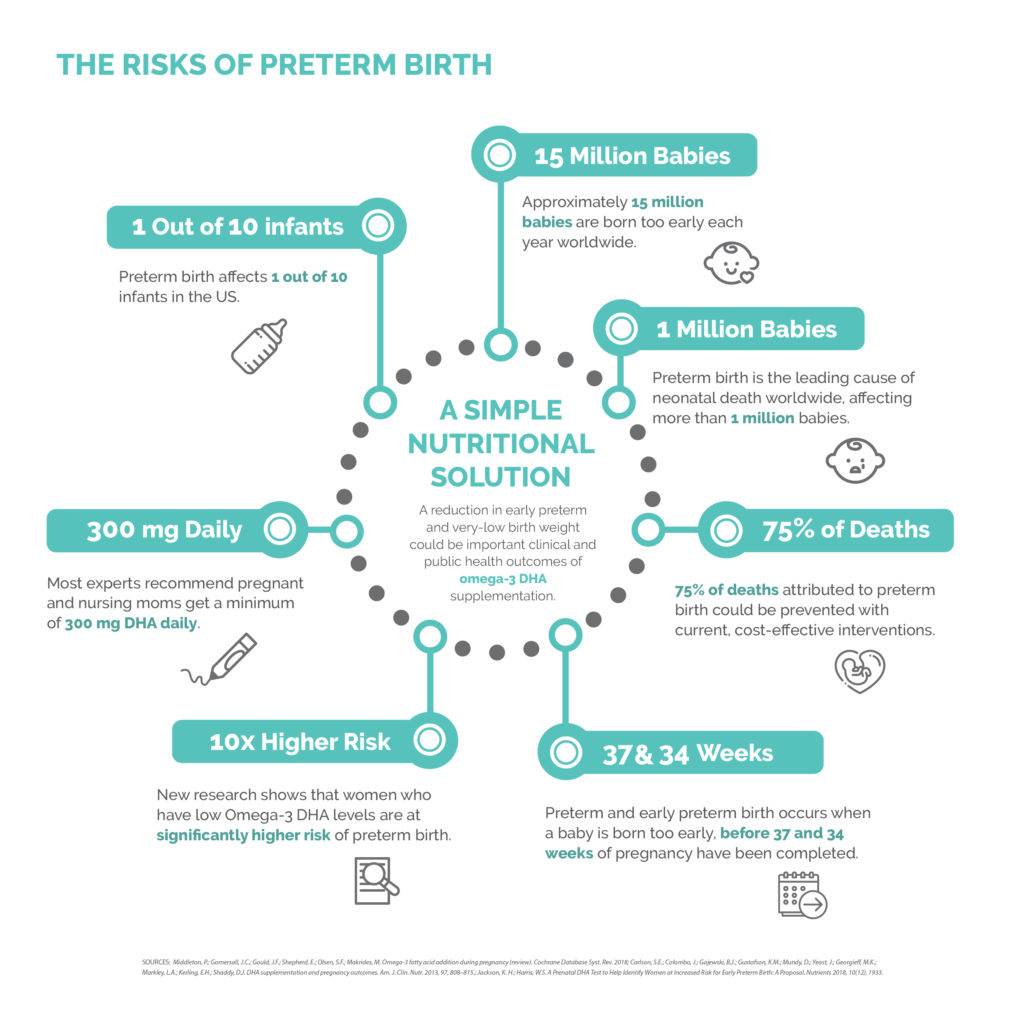
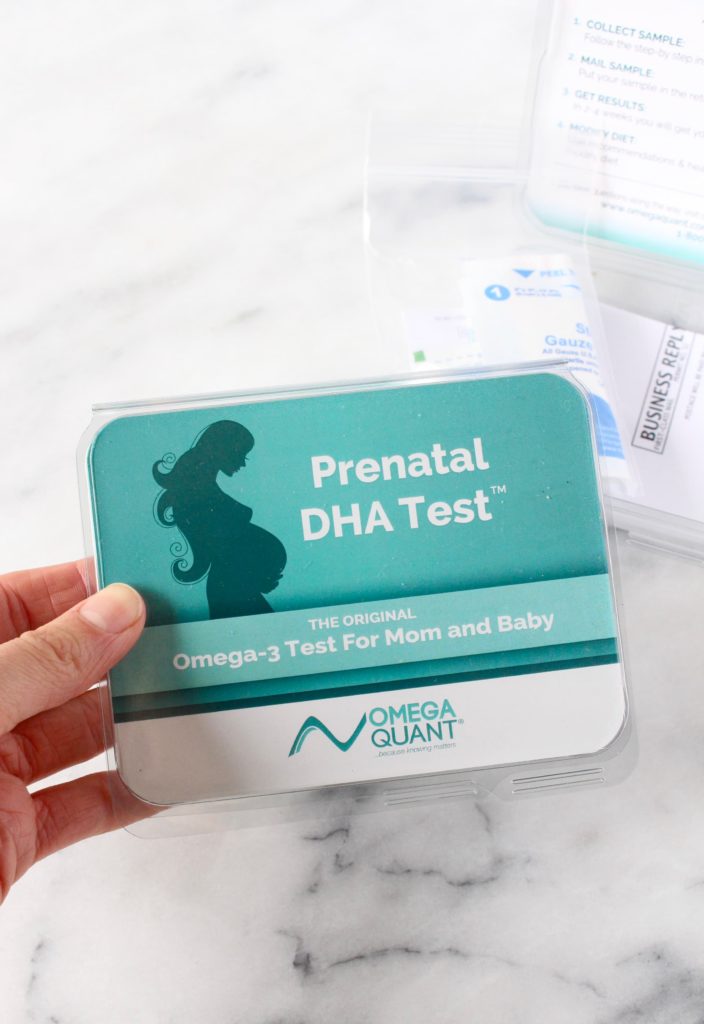
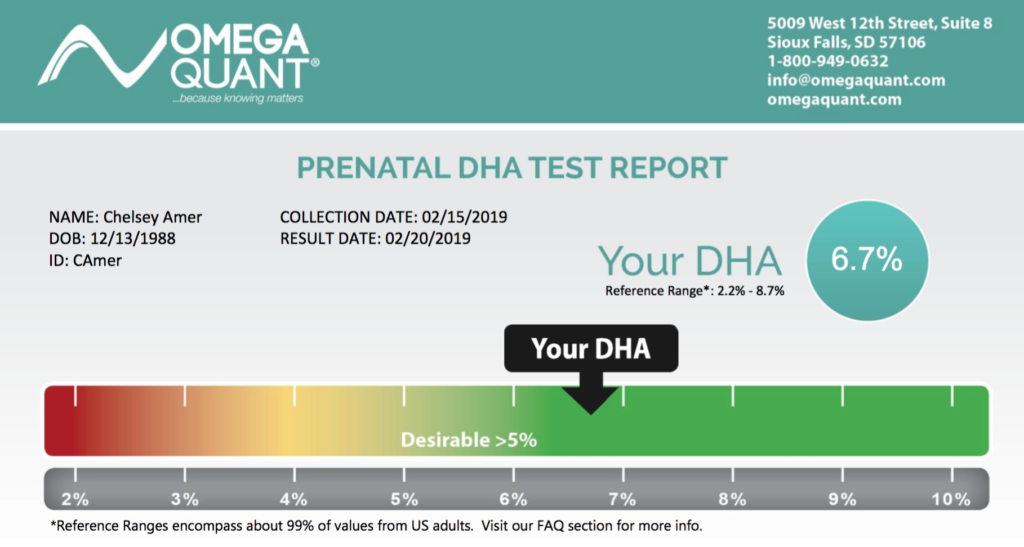
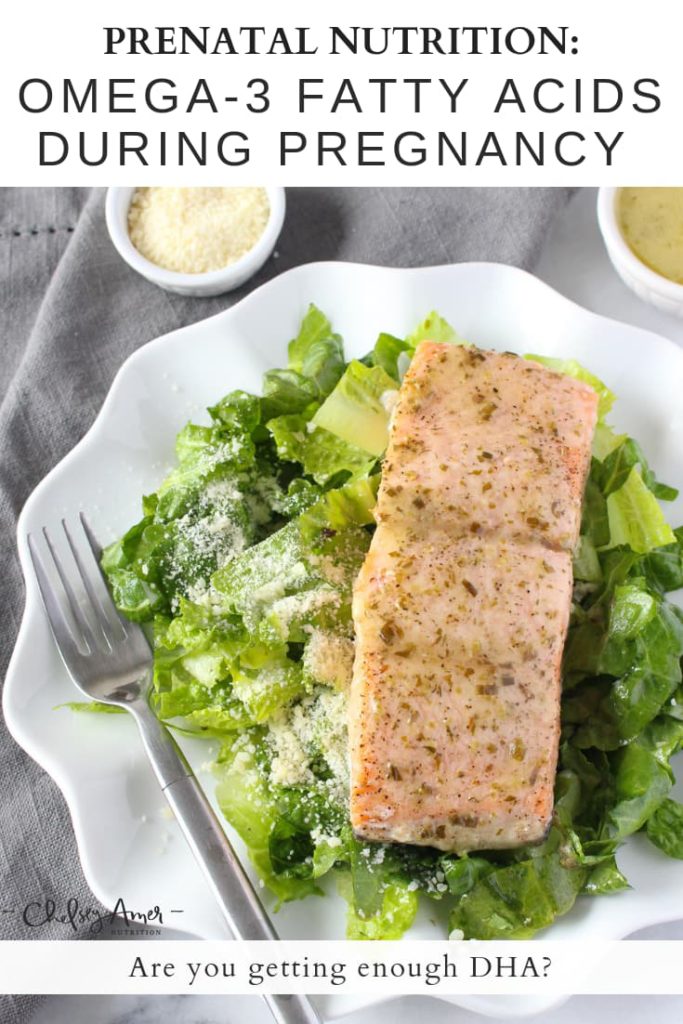
 Hi there!
Thanks for stopping by! I'm Chelsey, an online Registered Dietitian, recipe developer, budding photographer, and coffee addict! My mission is to help you feel good through food by answering the question "What should I eat?" Let's make nutrition approachable!
I hope you enjoy my personal collection of simple, healthy, food allergy friendly and nutritiously delicious recipes, plus tips and tons of tricks that will help YOU live a nutritionally-balanced life! I look forward to getting to know you better...
Hi there!
Thanks for stopping by! I'm Chelsey, an online Registered Dietitian, recipe developer, budding photographer, and coffee addict! My mission is to help you feel good through food by answering the question "What should I eat?" Let's make nutrition approachable!
I hope you enjoy my personal collection of simple, healthy, food allergy friendly and nutritiously delicious recipes, plus tips and tons of tricks that will help YOU live a nutritionally-balanced life! I look forward to getting to know you better...







